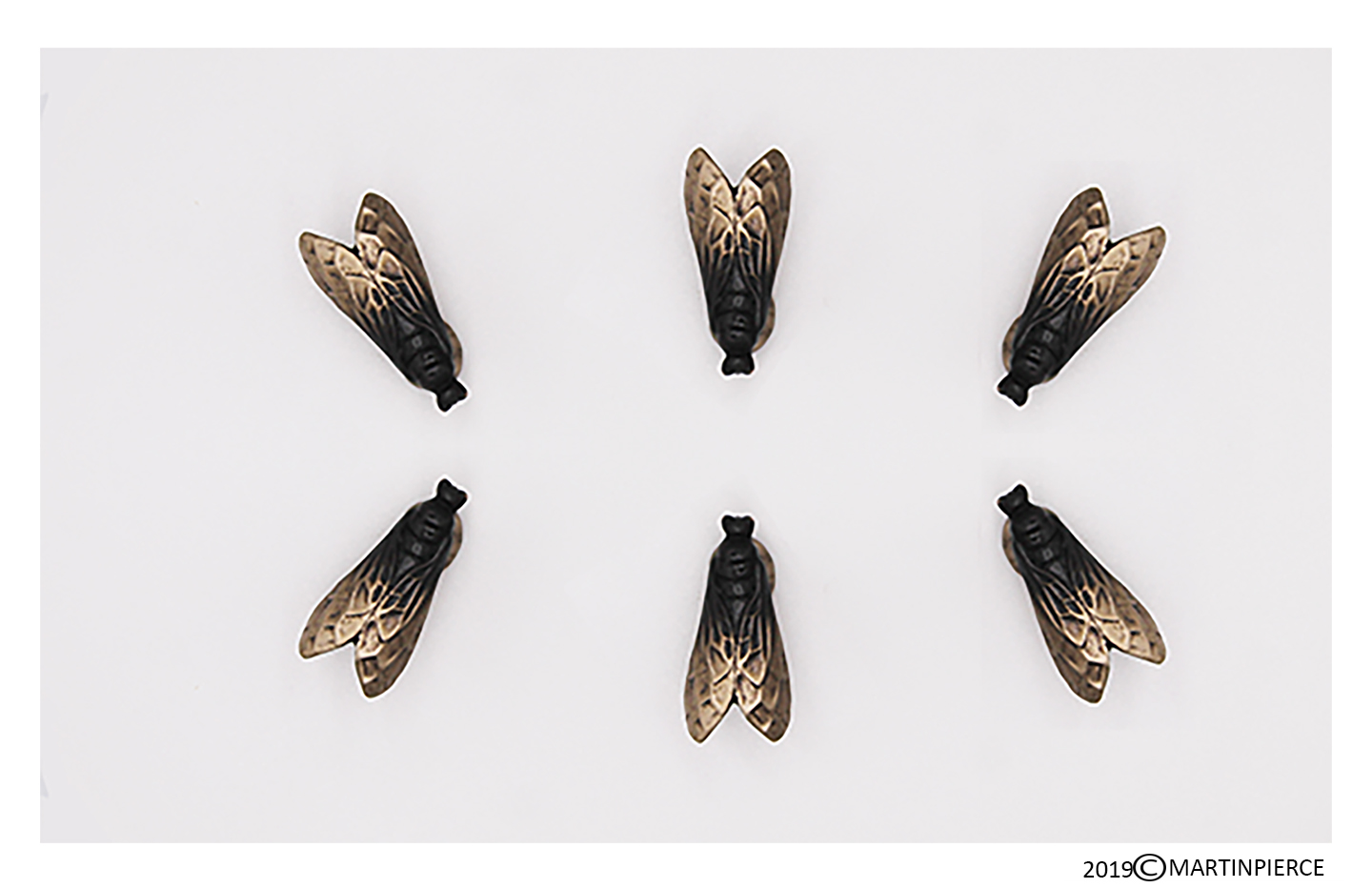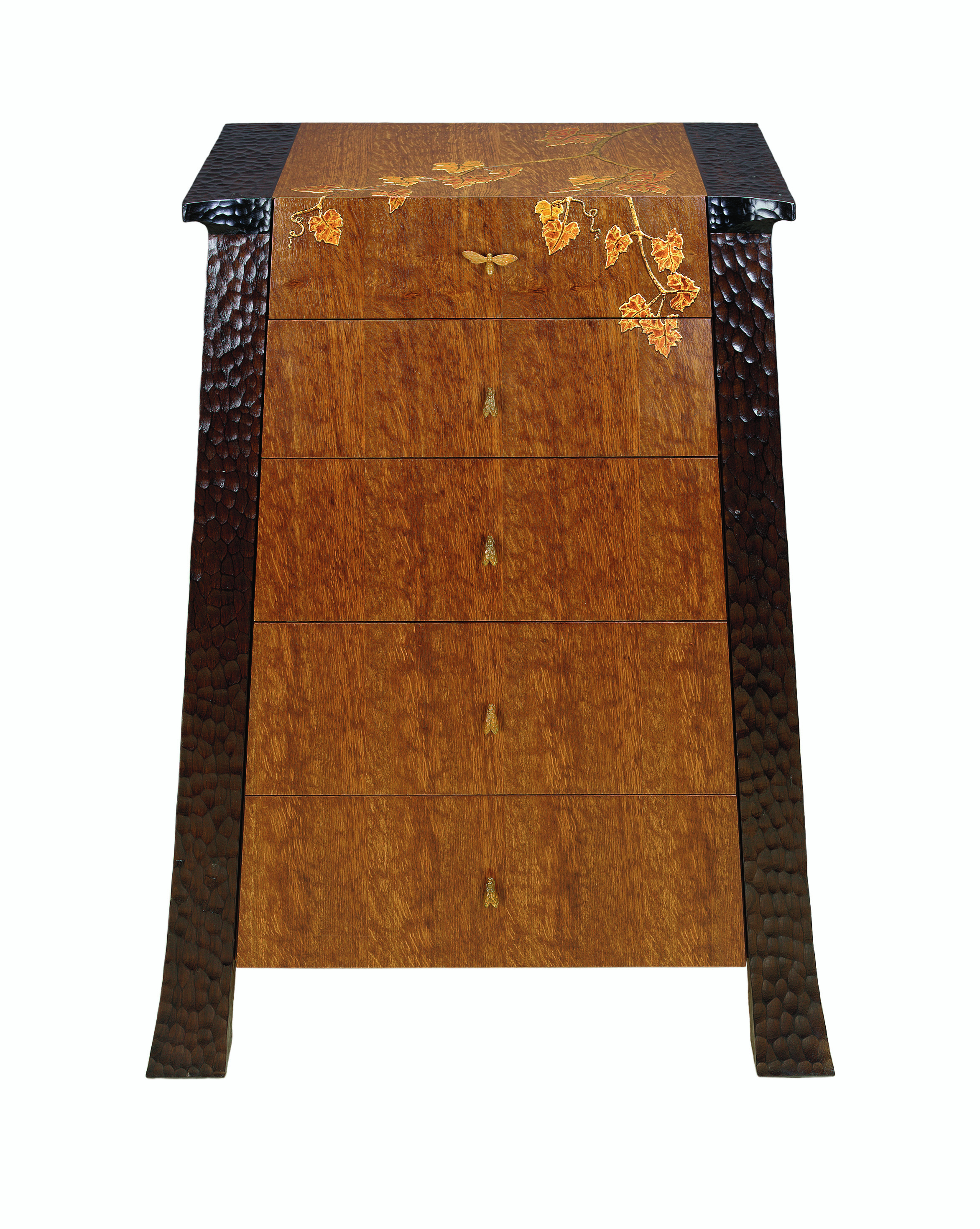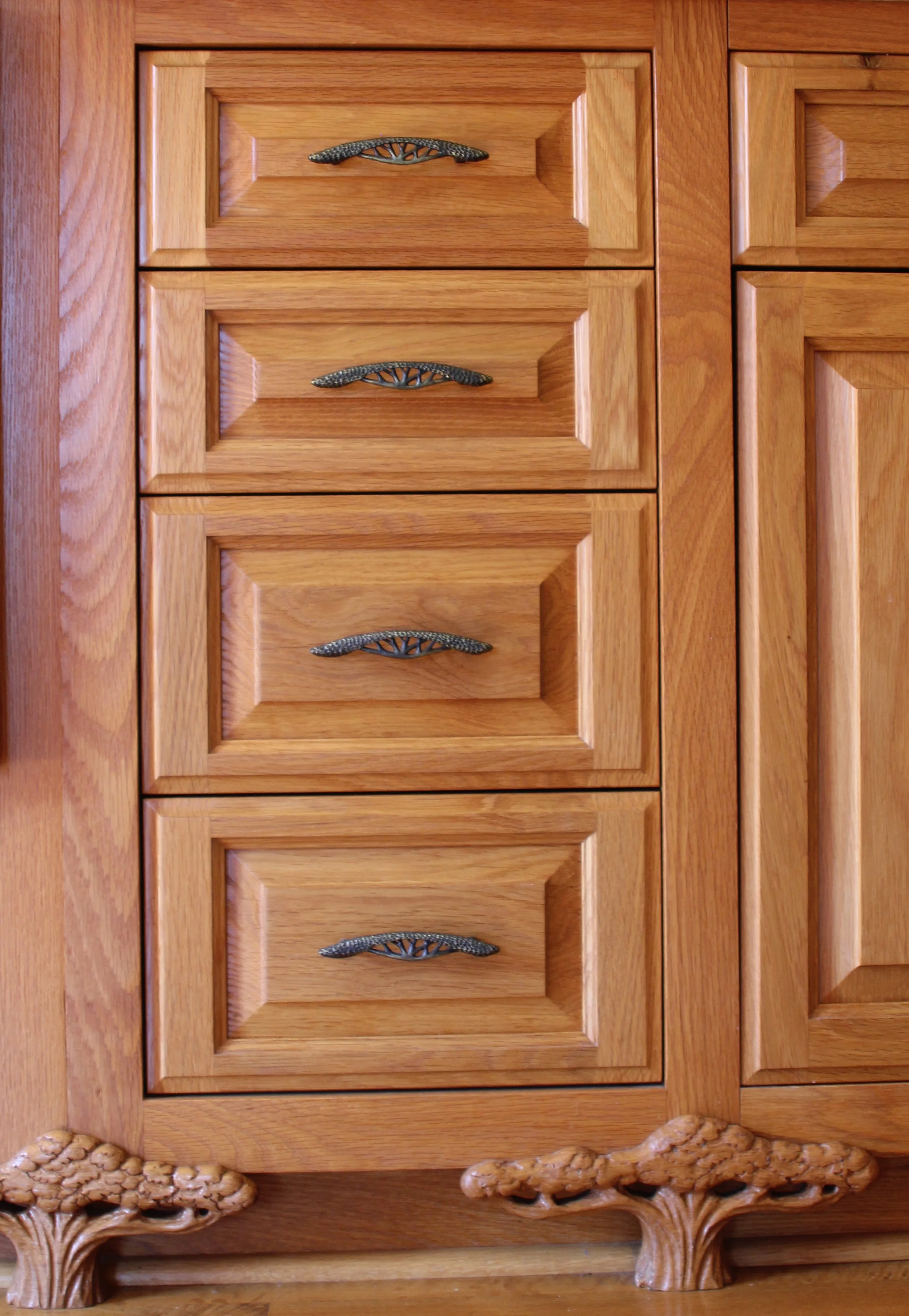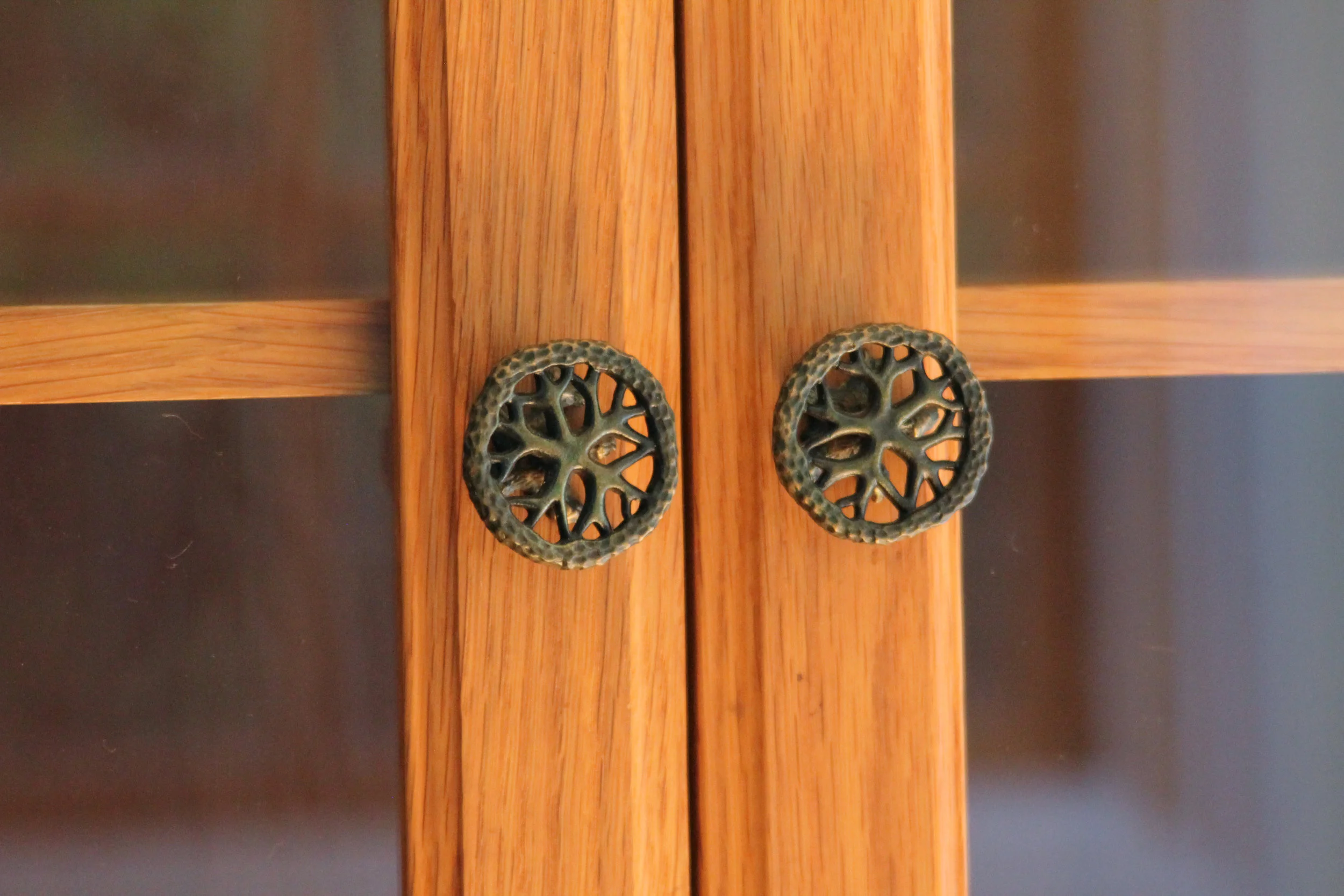Animal and floral unique cabinet pulls
Our new cabinet pull website section makes plain the theme-based nature of Martin Pierce’s designs. For door hardware, after the initial design concept, the direction of each collection was dictated by functionality with each style needing to work as entry way handles, passageway levers and privacy levers and door knob sets. Cabinet pulls and knobs all perform the same function to open and close cabinet drawers and doors and this simple dictate allows for greater design freedom and whimsy.
Bamboo dresser pulls
All of our cabinet or dresser pulls are made to order as we are a limited production company and are very hands on, thus ensuring the high quality of each piece. The same does not hold true for the bamboo plant that was used to model the cabinet pull shown below. We are in the process of trying to eradicate this very resilient and invasive plant that regretfully was planted as a border plant and now threatens to extend its domain to include our entire garden. So, if you love the look of bamboo consider a more limited production version.
Orchid kitchen cabinet pull
In contrast to our bamboo plant our orchids are not very hardy and very selective as to when they flower and this may explain why we are so drawn to their beauty. Modelled on the orchids on display at the conservatory in the Huntington gardens a place worth visiting for it’s rich variety of tropical plants and trees.




















